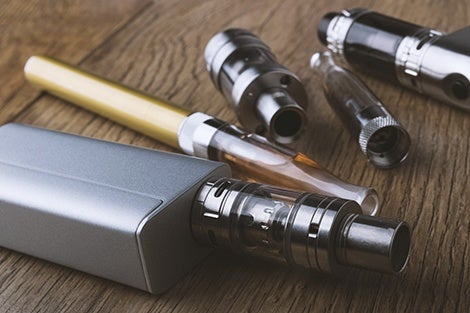Arsenic exposure and measures of glucose tolerance in Bangladeshi adults: A cross-sectional study.
Mazumdar M, Wang X, Biswas SK, Biswas PP, Farooque A, Lee MS, North CM, Afroz S, Husain N, Islam F, Mostofa MG, Mow S, Liang L, Hug C, Ludwig DS, Quamruzzaman Q, Fleisch AF, Christiani DC.
Environ Epidemiol. 2024 Oct. 8(5):e330. PMID: 39175802

